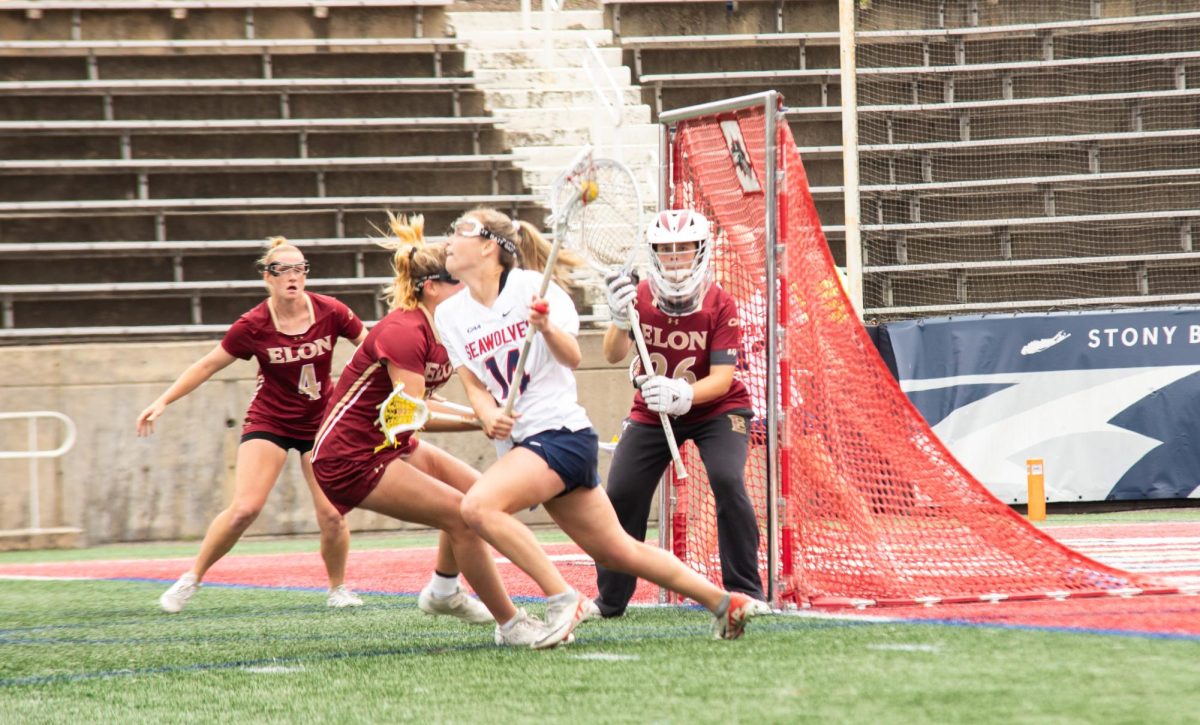Stony Brook University’s history is a short one, but one that has developed quickly. The medical center and scientific research have been the focus of development ever since the school opened at its original location in Oyster Bay.
What most don’t know though is the depth of the research at SBU. The 1960s-70s was a time of rapid growth of both the campus infrastructure and the money pouring in for new development in scientific research.
The Vietnam War was a turning point in military research for the university. After the environmental conditions of Vietnam impacted the mental state of many soldiers, it led the Department of Defense to give more than 100 million in research grants to find new ways to treat mental illnesses, and study the effect of tropiphobia.
With this money, the psychology buildings were created. It was this interest in the university’s research and ability to be molded that led both the state and federal government to give millions more in order to create the Stony Brook Hospital, which was completed in 1980.
Psychology was split into two buildings and still remains that way to this day. Building A today stood for the shortened name of Advanced Research. Building B got its name from the nurses who work with patients within it: The Looney Bin. Its name was only shortened in the early 90s as the university ended the program, but felt it was necessary to hold onto a small part of the research legacy that had started. Patients being treated and observed all presented symptoms of tropiphobia, a mental illness that had been noticed decades before with the failed U.S. invasion of Cuba, but had not been studied until soldiers in Vietnam exhibit the same symptoms.
One case study mentioned a “soldier’s fear and breakdown” while hiding among the foliage of the jungle, and his clothes being very heavy because of the humidity. Patients who were treated at Stony Brook couldn’t be reminded of the poor conditions of the tropics they had just left.
The head of the program at the time, Dr. Drake Ramoray, pioneered the development of the method known as reassociation through mental stimulation. Through this process, and over a span of two to three years, each patient went through mentally stimulating games that retaught recognition.
Rather than fight the mental images that came from Vietnam, the staff taught patients to accept what happened, rather than forget. This was a turning point in psychological research, as before it always recognized the patient’s condition to be wrong and fictional. By just accepting that tropiphobia was the cause of the mental instability of the patients, many of whom wereleft in an able condition.
The program that helped over 300 patients unfortunately ended in 1993, when three patients went missing. Though the patients were later found wandering around Circle Road, the program found itself under scrutiny because of the potential safety risk toward the growing student population. One student had complained that he was chased around campus for over 35 minutes before the police were able to restrain the suspect. Rather than completely disassemble all the aspects of the program, the university decided to move both to the hospital and set up the current-day psychology department.
This program, because of the intensity and use of campus space, was kept quiet until two weeks ago when the university announced that this program would be starting up again. Building B’s basement will be converted back into patient rooms that will house between 20-30 patients.
I strongly believe that this program shouldn’t start up again. The cost each year alone would amount to $30 million , and after such a program ended because of safety, it shouldn’t start again.
Another aspect of this program is that the research itself is flawed. Dr. Drake Ramoray never worked at Stony Brook; was actually Joey’s character on “Friends.”
If he were a real doctor, he would have caught that tropiphobia is only a fear of the tropics, and to this day, is not actually a real mental illness. And as for both buildings A and B, the only thing they have and will house are students who lack sleep. If this program did start up, it would be a huge waste of fake money, and it’s nice to see nothing being done. With all this information, all I can say is, April Fools.












